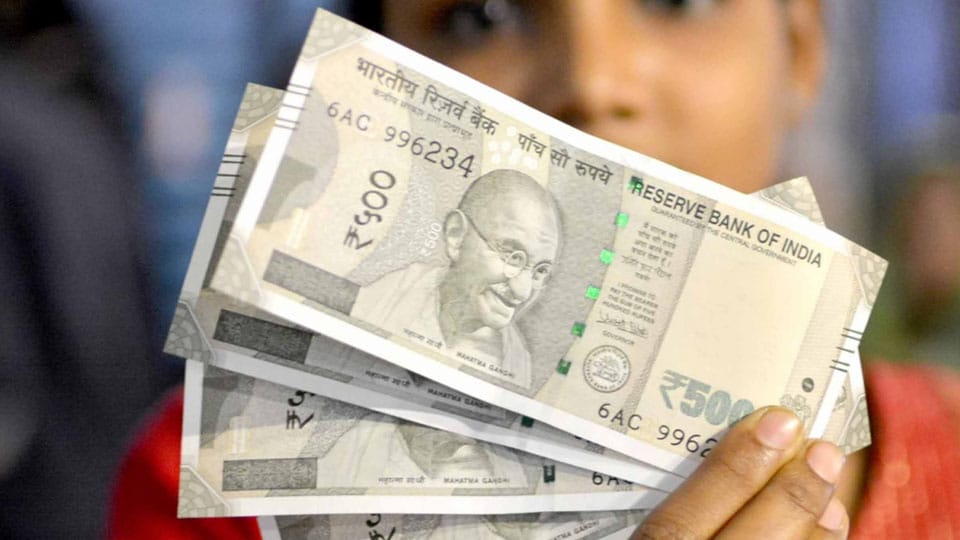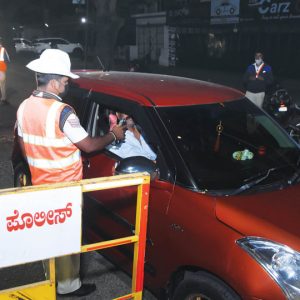Thanks to the dramatic move on demonetising currency of face value at Rs. 500 and Rs. 1,000 (November 8, 2016) causing unprecedented and unanticipated turmoil all over the country, Mysureans also getting a taste of cash-crunch, many hot topics such as pig menace, straying dogs, wandering cattle on the streets of the city and so on that generated high-decibel public outcry, apart from hogging space of the dailies of all hues, got pushed into oblivion. Subsequently, toilet-centric talk sucked into its whirlpool as it were and citizens with diverse backgrounds, including the intelligentsia, openly debating the issue of open defecation with vociferous calls for arresting the land’s time-honoured practice both in urban spaces and rural regions. While these aforementioned issues are in cold storage for now, the fascinating Swachh Bharat Abhiyaan (Clean India Mission) is still kept alive in fits and jerks. There is no telling what more will descend on the country’s diaspora in days ahead.
Before running out of space available in this column (not exceeding 500 words) one has to hasten to bring up the ongoing game of plastic with three (may be four) players in the act namely a) the Civic Body (of Mysuru in particular), b) the traders with concealed stocks of the banned carry bags, c) the manufacturers of the prohibited product and d) the citizens with most of them sitting on the fence as it were, happily taking home their daily needs of perishables in plastic bags. The game has not yet reached the conclusive stage even as the fifth player, the rag-picker, is at his work earning some pennies.
Authorities of the civic body are not exactly trailing in addressing the menace of plastic materials even as their fervent appeals to the city’s residents focussing on segregating plastic from the rest of the mass of residue, with less than limited success. Even as the city’s residents, barring a small section of them, have not extended their hands of help to the civic body, the onerous and hazardous task of picking discarded materials at great risk of getting hurt and catching deadly infections has fallen on the lap of the hapless rag-pickers. A report based on a field study of their daily routine, published in a section of the press, says that a rag-picker working for upto 14 hours a day can make a living by earning about Rs. 200. The study has revealed that while sifting the heap of rubbish, the rag-pickers come into contact with highly objectionable matter such as human excreta in polythene, pieces of glass, used syringes, nails, rotting food and so on.
The Swachh Bharat Abhiyaan continues to be flashed in the dailies with individuals who matter in society figuring in the photos, but has any reader of whichever daily seen a photo of a rag-picker in the act? What is not realised by citizens at large is that most rag-pickers are destitute migrants, mostly from poor regions of the country. Unsung, unhonoured and unpaid, they continue ungrudingly to rummage rubbish from dawn to dusk day after day.








Recent Comments